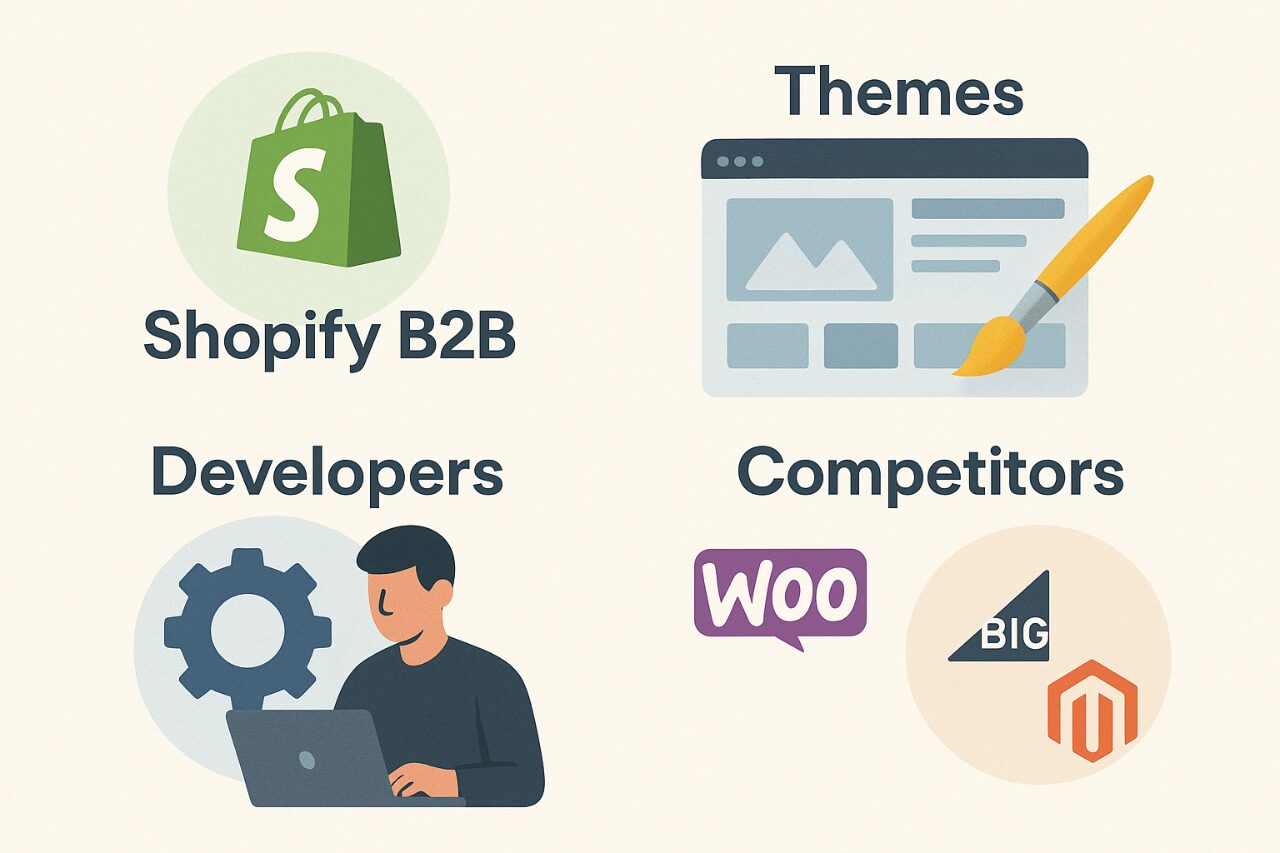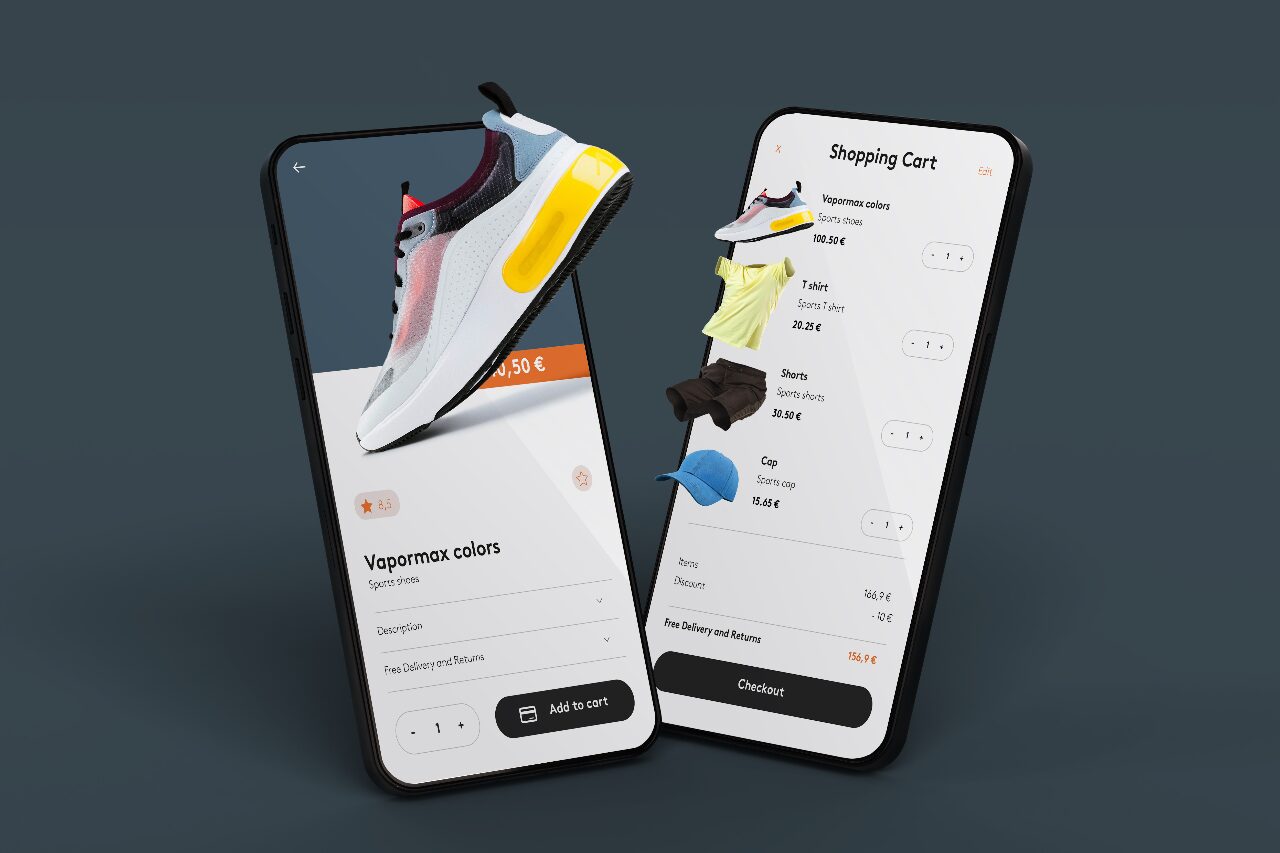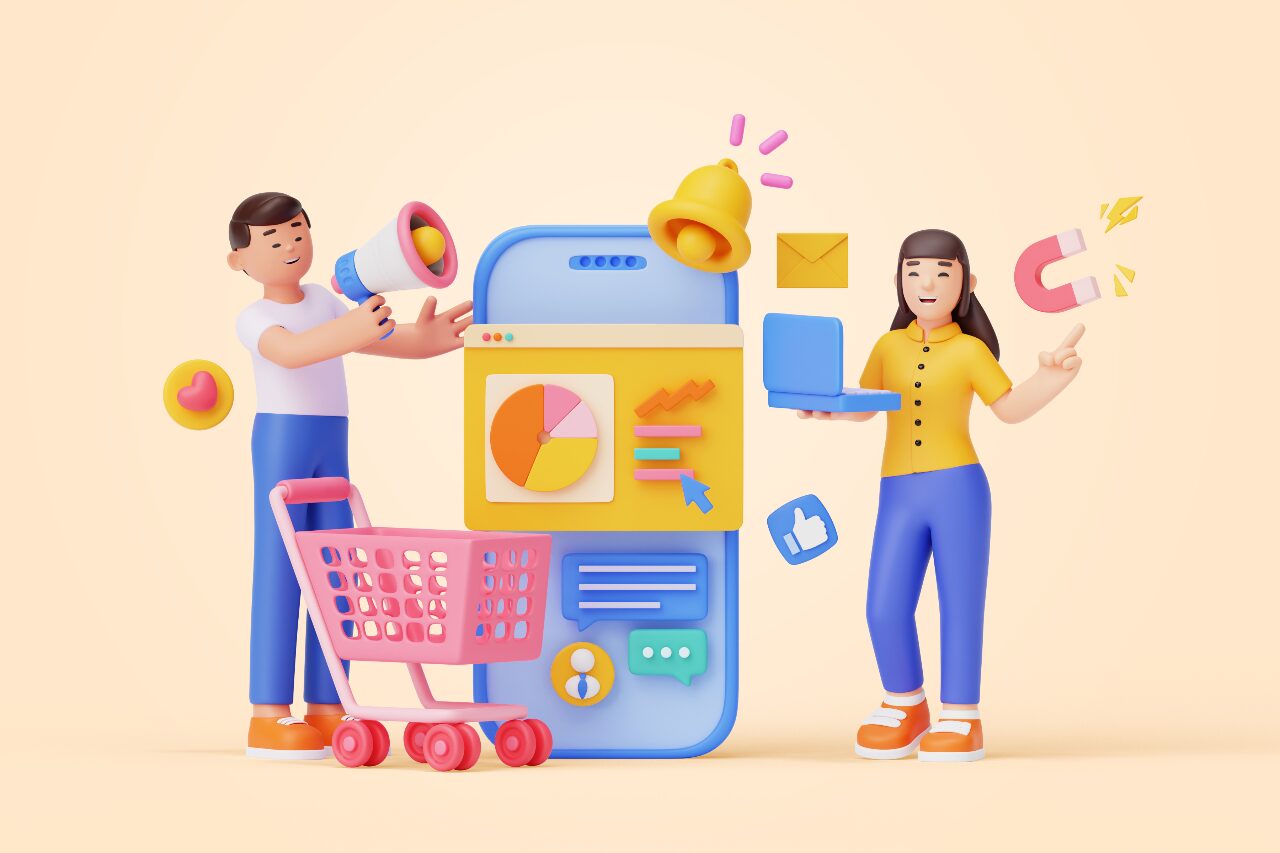Discover everything about Shopify — from its B2B ecommerce capabilities to theme performance, developer insights, and comparisons with WordPress, Wix, and Squarespace. Learn why Shopify remains the #1 ecommerce platform.

When Did Shopify Start? The Origin Story of an E-commerce Giant
Shopify began in 2006, founded by Tobias Lütke, Daniel Weinand, and Scott Lake in Ottawa, Canada. What started as an online snowboarding store quickly evolved into a platform for entrepreneurs to build their own online stores.
By 2025, Shopify has become a global leader in ecommerce, hosting millions of businesses across Shopify USA, Shopify UK, and other international markets. It powers brands ranging from startups to global enterprises.
Who Is Shopify’s Payment Processor?
Shopify uses its own Shopify Payments system, which integrates seamlessly with the store backend. Powered by Stripe, Shopify Payments eliminates the need for third-party gateways, allowing merchants to accept credit cards, Apple Pay, and Google Pay directly.
Additionally, Shopify supports PayPal, Amazon Pay, Klarna, and Afterpay, giving flexibility to international sellers.
Why Shopify Is Better Than WordPress for E-commerce
Shopify and WordPress serve different audiences. While WordPress is a powerful CMS, Shopify is purpose-built for ecommerce.
Here’s why Shopify wins:
No coding required: You can launch a Shopify online store within hours.
Built-in hosting and security: Shopify handles SSL, CDN, and updates automatically.
App ecosystem: The Shopify App Store offers 8,000+ tools for SEO, AI, and marketing.
24/7 support: Unlike WordPress, Shopify has round-the-clock merchant assistance.
For growing stores, Shopify’s B2B ecommerce solutions offer scalability and automation unmatched by WordPress plugins.
Why Shopify Is Bad: Common Drawbacks and Limitations
Even the best platforms have downsides.
Some merchants criticize Shopify for:
Transaction fees when not using Shopify Payments.
Theme customization limits without coding.
App dependency, which can increase monthly costs.
Lack of full control over hosting compared to WordPress or WooCommerce.
However, for most business owners, Shopify’s simplicity and performance outweigh these cons.
Why Shopify Is the Best Choice for Entrepreneurs
Shopify is designed for growth. Whether you sell handmade crafts or run a global B2B company, Shopify offers:
Customizable themes
AI-driven product recommendations
Multi-channel selling (Etsy, Amazon, Facebook, TikTok)
Shopify Payments & POS integration
Shopify Gift Cards and loyalty tools
It’s no wonder Shopify ranks among the top ecommerce platforms globally, alongside Amazon and WooCommerce.
Shopify vs Wix vs Squarespace vs WooCommerce vs Amazon
Choosing an ecommerce platform depends on your goals, but Shopify consistently leads in functionality and scalability.
Here’s how it compares:
| Platform | Best For | Pros | Cons |
|---|---|---|---|
| Shopify | All-round ecommerce (B2C + B2B) | Easy to use, scalable, integrated payments | Monthly fees, limited free themes |
| Wix | Beginners & small stores | Drag-and-drop design | Lacks enterprise scalability |
| Squarespace | Creative professionals | Beautiful templates | Limited ecommerce features |
| WooCommerce | Developers using WordPress | Fully customizable | Requires hosting & technical setup |
| Amazon | Marketplace sellers | Huge customer base | High competition & fees |
Shopify offers the best balance between flexibility, automation, and design. For B2B ecommerce, Shopify Plus provides custom pricing, bulk order management, and company profiles, making it a superior enterprise choice.
Shopify and B2B E-commerce: Expanding Beyond D2C
With Shopify B2B Ecommerce, merchants can sell directly to wholesalers, distributors, and corporate buyers using the same platform they use for retail.
Features include:
Custom catalogs and pricing per company.
Net payment terms and order approvals.
Automated tax exemption handling.
This feature is part of Shopify Plus, the enterprise-grade solution. It’s transforming how traditional wholesalers run online operations, bridging D2C and B2B commerce effortlessly.
Shopify with AI: How Artificial Intelligence Is Powering Stores
AI has become a cornerstone of Shopify’s growth.
Here’s how Shopify with AI enhances business:
Shopify Magic: AI-generated product descriptions and emails.
Personalized recommendations: Using customer data to drive conversions.
Inventory forecasting: Predicts demand trends and restocking needs.
AI Chatbots: Enhance customer service 24/7.
Shopify also integrates with AI tools like ChatGPT, Jasper, and Copy.ai, allowing merchants to automate marketing and content creation effortlessly.
Shopify with Etsy: Integration, SEO, and Plugins
Many sellers use Shopify and Etsy together to maximize visibility.
Here’s how you can integrate them:
Use Etsy Marketplace Integration App from the Shopify App Store.
Sync products, prices, and inventory automatically.
Manage Etsy SEO through tags, titles, and descriptions directly from Shopify.
Shopify with Etsy SEO ensures that both platforms complement each other.
You can even collect Shopify with Etsy reviews to build cross-platform trust.
Shopify Developers and Theme Designers
A Shopify Developer helps create, customize, and optimize your Shopify online store.
They can:
Build custom themes.
Integrate APIs.
Improve speed and SEO performance.
Develop B2B and marketplace functionalities.
Developers are essential for complex Shopify Plus stores, and you can hire certified experts from the Shopify Partner Directory.
Many developers also specialize in AI automation, theme speed optimization, and marketplace integrations.
Which Shopify Theme Is Fastest (and Which One Do We Prefer)?
Speed is critical for SEO and conversions.
The fastest Shopify themes in 2025 include:
Dawn – Shopify’s free, lightweight theme with fast load times.
Impulse – Great for fashion brands; speed-optimized.
Prestige – Premium look with optimized performance.
Streamline – Smooth animations without lag.
Our pick? Dawn, because it’s free, minimal, and lightning-fast.
MVMT (the watch brand) uses a custom theme built from Impulse, optimized for visuals and speed.
What Shopify Theme Does This Website Use?
Curious about what theme a site uses?
You can find out by:
- Viewing the site’s source code (Ctrl + U).
- Searching for “Shopify.theme” or “theme_id”.
- Visiting Shopify Theme Store
This is especially useful when analyzing competitors like Etsy-style stores or B2B merchants.
Shopify Reviews and Public Opinion: Is It Worth It?
Shopify reviews on platforms like Trustpilot and G2 generally praise:
Ease of use.
Reliable hosting.
Excellent customer support.
Some complaints involve pricing and app dependency, but overall, Shopify maintains a 4.5/5 average rating across major review sites.
You can check authentic Shopify reviews on G2.com
Shopify Gift Cards, Marketplace, and Online Store Features
Shopify’s built-in gift card system allows merchants to issue store credits, boosting customer loyalty.
Other features include:
Shopify Marketplace Kit for multichannel selling.
Shopify Online Store 2.0 for customizable layouts.
Shopify My Store dashboard for full analytics and sales management.
Together, these features empower Shopify’s mission to make ecommerce simple yet powerful.
Where Shopify Sells Products and Handles Navigation
Shopify sellers can list products across:
Their Shopify Online Store
Etsy, Amazon, eBay, and TikTok
Facebook and Instagram Shops
Navigation in Shopify is managed under Online Store → Navigation, where you can customize menus, collections, and product filters for better user experience.
Where to Find Shopify API Key and Integrations
Developers can locate their Shopify API key by:
Going to Shopify Admin → Apps → Develop apps.
Creating a new app and selecting “Configuration.”
Copy the generated API key and secret key.
APIs are essential for integrating AI tools, CRMs, and third-party marketplaces.
Shopify USA vs Shopify UK: Regional Differences and Market Trends
Shopify operates globally, but Shopify USA and Shopify UK differ slightly:
| Feature | Shopify USA | Shopify UK |
|---|---|---|
| Currency | USD | GBP |
| Tax System | Sales Tax | VAT |
| Payment Gateways | Shopify Payments, Stripe, PayPal | Same, plus Klarna |
| Popular Niches | Apparel, Tech, Home Decor | Fashion, Art, Beauty |
Both regions benefit from Shopify’s global infrastructure and local language support.
Will Shopify Be Affected by Tariffs and Global Trade?
Shopify itself isn’t directly affected by tariffs, but its merchants can be.
Tariffs impact:
Shipping costs.
Supplier prices.
Import/export taxes.
Shopify helps mitigate this with tools like Shopify Markets Pro, which automates international pricing and duties.
Shopify Wikipedia, Shopify YouTube, and Shopify Blog: Resources to Learn More
For continuous learning:
Shopify’s Wikipedia offers historical and financial details.
Shopify YouTube Channel – shares tutorials and success stories.
Shopify Blog – provides regular tips on e-commerce, SEO, and AI tools.
These resources make it easy for beginners and professionals alike to stay updated.
FAQs About Shopify E-commerce
Q1. Who is Shopify’s biggest competitor?
A: Shopify’s main competitors are WooCommerce, Wix, Squarespace, BigCommerce, and Amazon Marketplace.
Q2. Can I use Shopify without an LLC?
A: Yes, you can start selling on Shopify without forming an LLC, though registering one later helps with taxes and branding.
Q3. Which Shopify theme does MVMT use?
A: MVMT uses a custom theme based on Impulse, optimized for visuals and mobile UX.
Q3. Which Shopify theme does MVMT use?
A: MVMT uses a custom theme based on Impulse, optimized for visuals and mobile UX.
Q4. Does Shopify work with Etsy?
A: Absolutely. Use the Etsy Marketplace Integration plugin to sync products and inventory.
Q5. Is Shopify suitable for B2B e-commerce?
A: Yes, with Shopify Plus B2B, you can offer wholesale pricing, bulk orders, and advanced automation.
Q6. Where can I read real Shopify reviews?
A: Check Shopify Reviews on Trustpilot or G2.com for authentic user experiences.
Conclusion: The Future of Shopify and E-commerce
Shopify continues to dominate e-commerce through innovation in AI, B2B commerce, global expansion, and seamless integrations.
Whether you’re building your first Shopify online store, connecting to Etsy, or scaling a B2B brand, Shopify’s ecosystem offers everything you need.
From Shopify developers to Shopify themes, Shopify Payments, and AI automation, the platform stands as the gold standard of modern online business.



